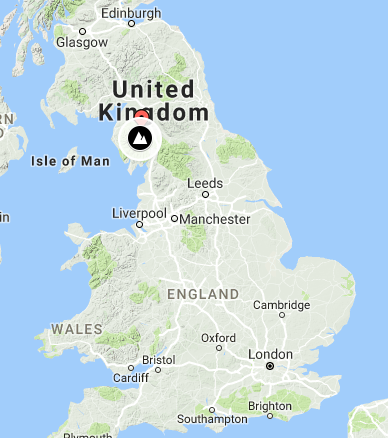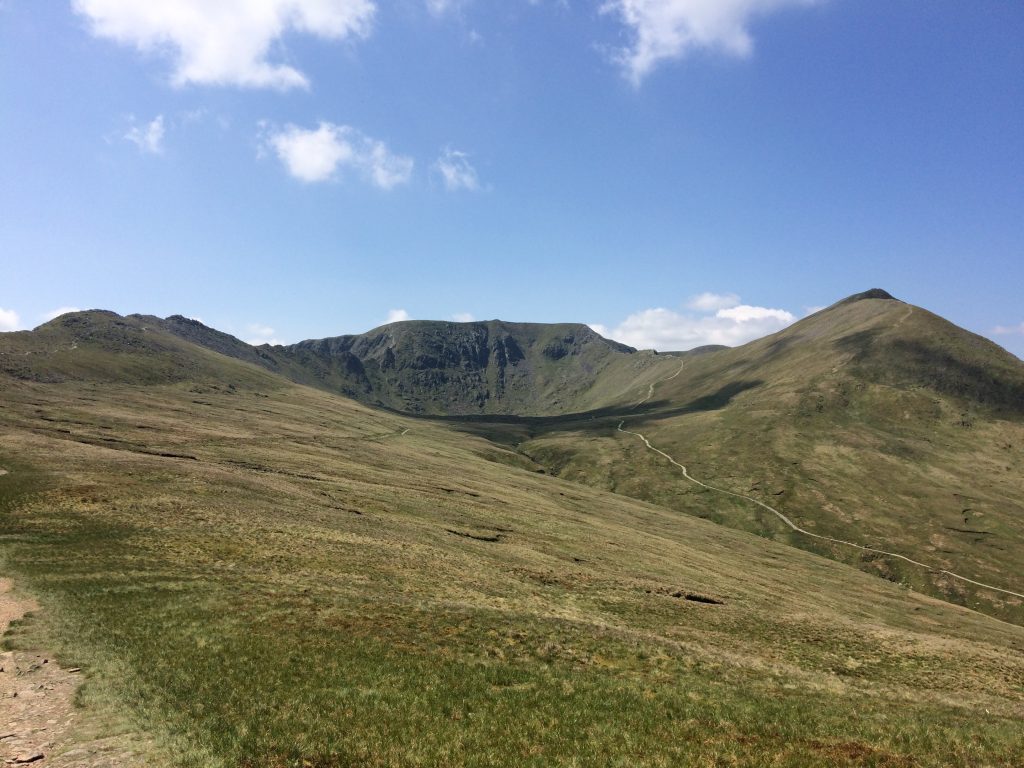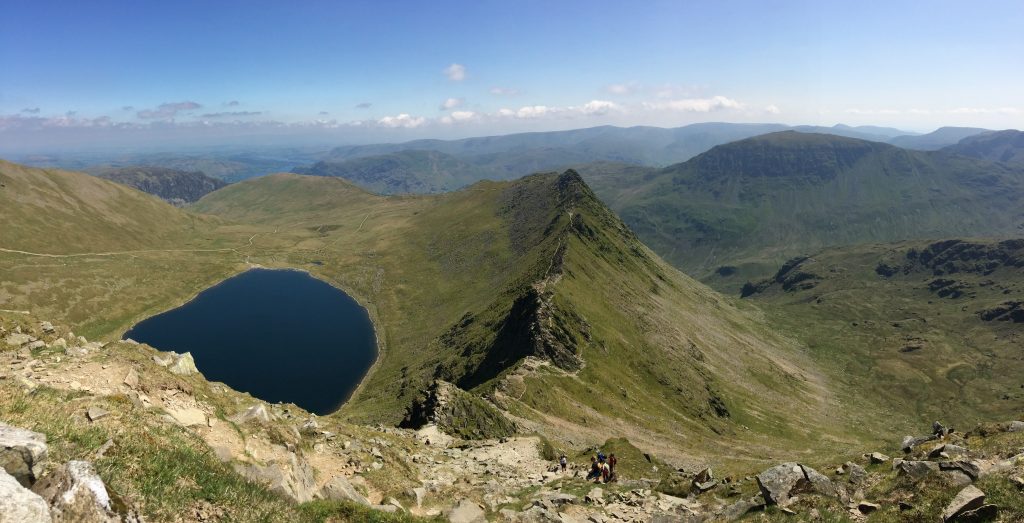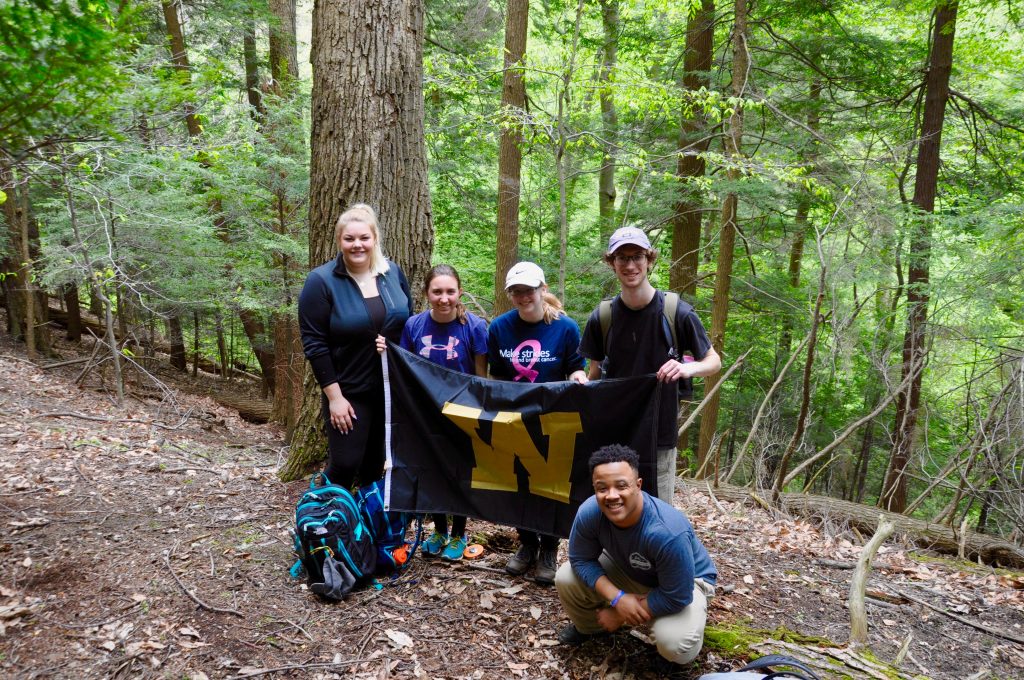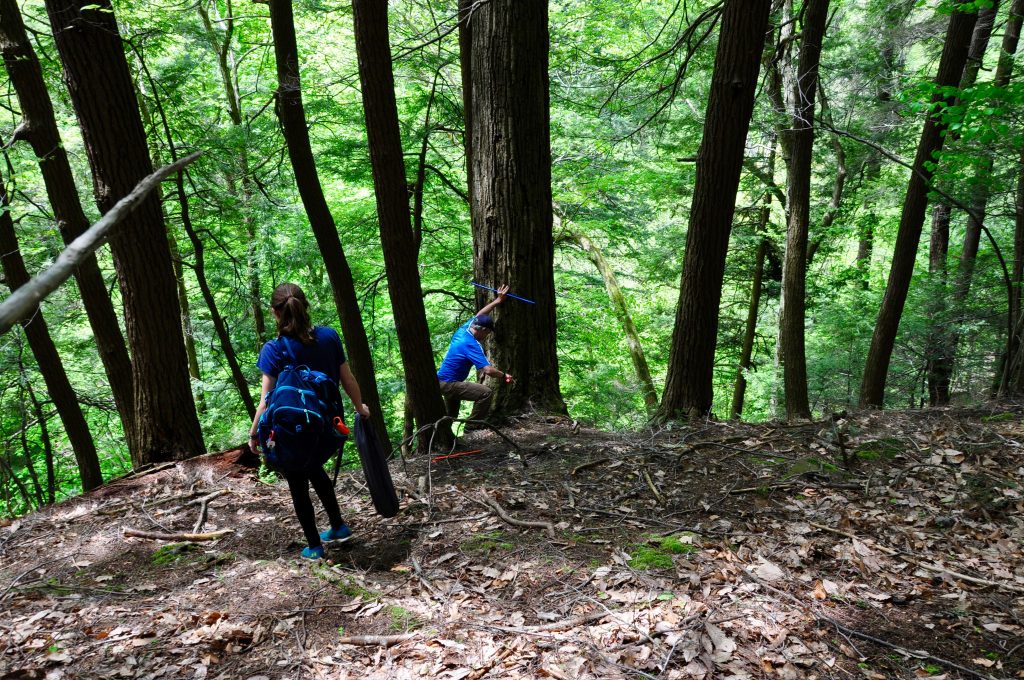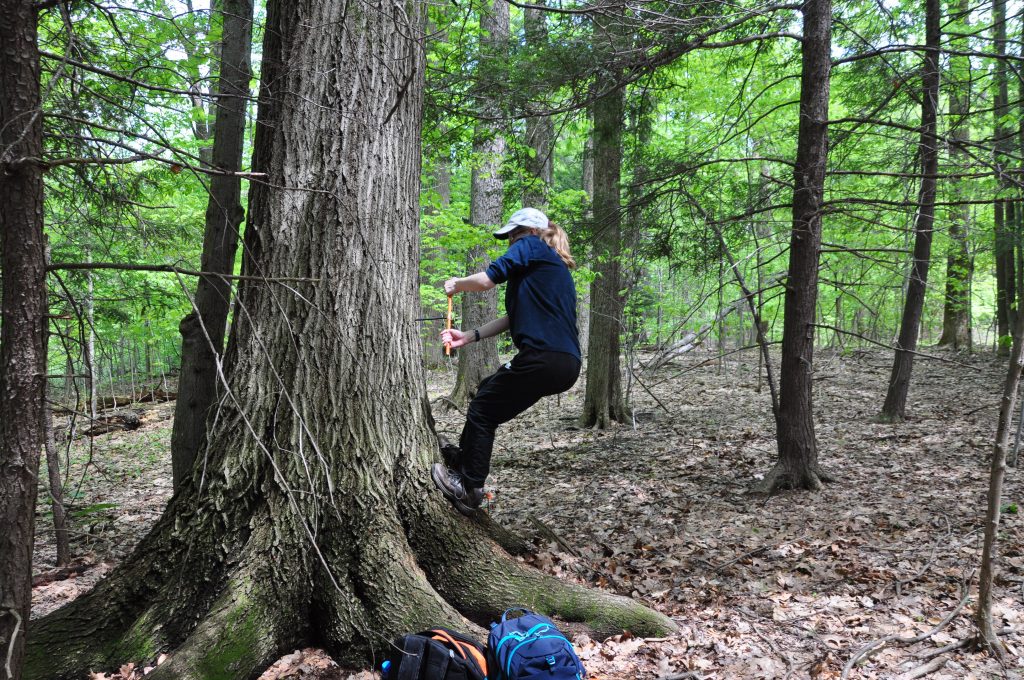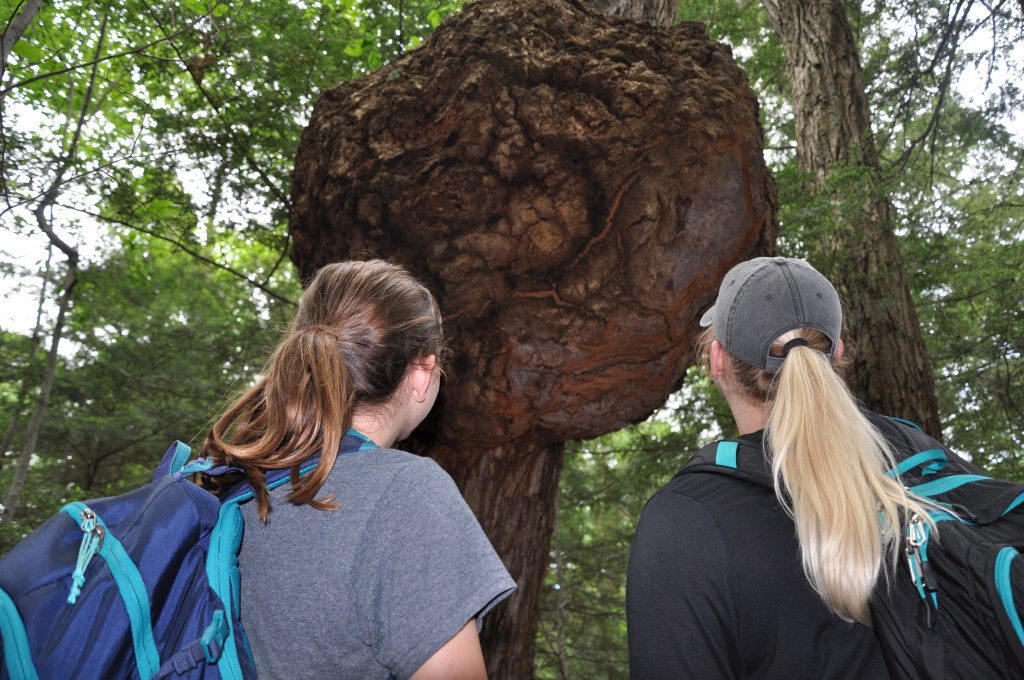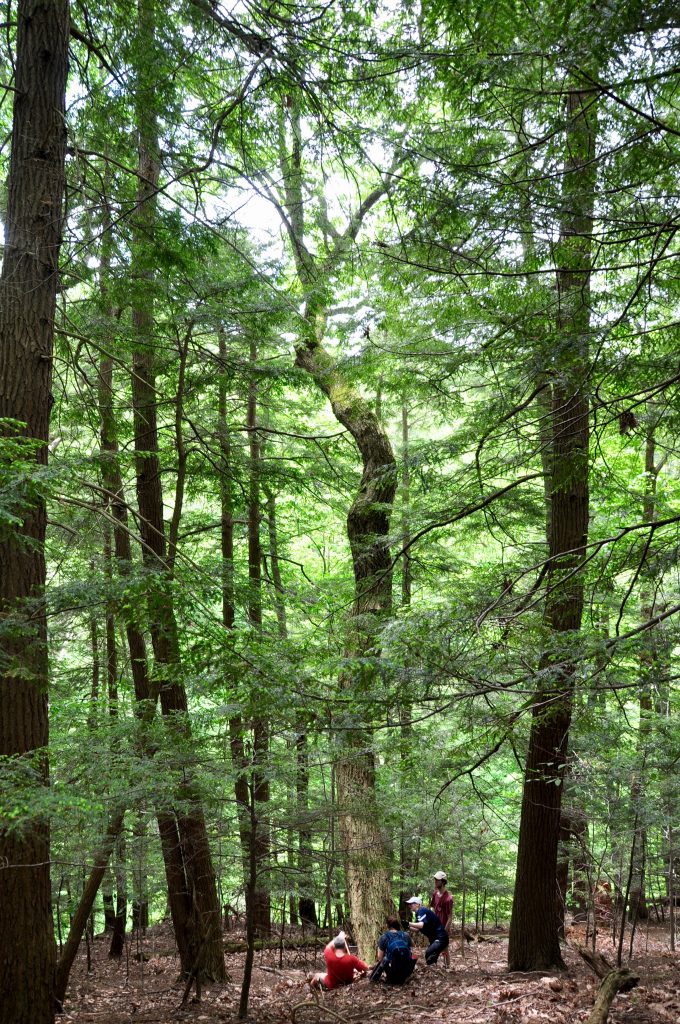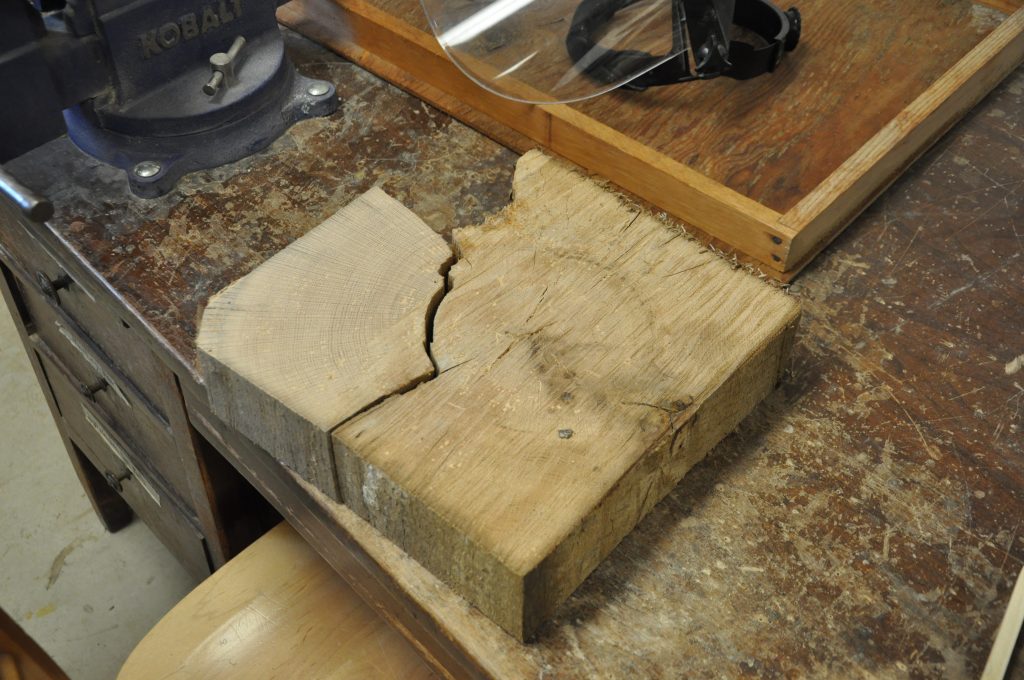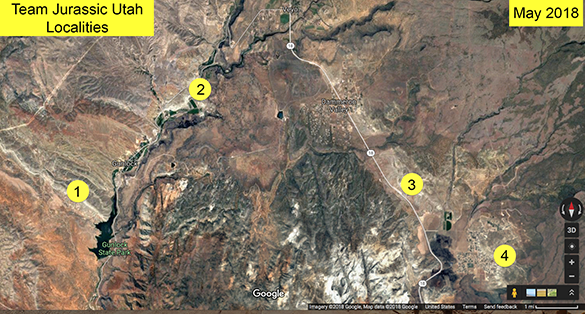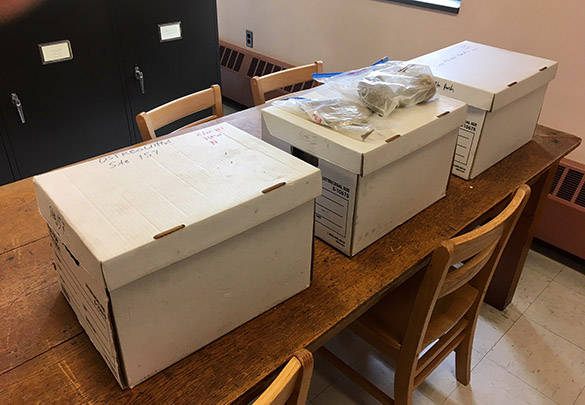 Aberystwyth, Wales — Let’s start with the castle as my tour of Wales with Tim and Caroline Palmer continues. Above is the storied Harlech Castle in North Wales. It was built of sandstone blocks by Edward I in the 13th century, passing through four major conflicts: The Revolt of Madog ap Llywelyn (1294–95), the Revolt of Owain Glyndŵr (1400–09), the Wars of the Roses (1460–68), and the English Civil War (1642–47). The siege in 1468 apparently inspired the stirring song “Men of Harlech“. (Hear it and read the lyrics on this YouTube page. The song is unforgettable in the 1964 film Zulu.)
Aberystwyth, Wales — Let’s start with the castle as my tour of Wales with Tim and Caroline Palmer continues. Above is the storied Harlech Castle in North Wales. It was built of sandstone blocks by Edward I in the 13th century, passing through four major conflicts: The Revolt of Madog ap Llywelyn (1294–95), the Revolt of Owain Glyndŵr (1400–09), the Wars of the Roses (1460–68), and the English Civil War (1642–47). The siege in 1468 apparently inspired the stirring song “Men of Harlech“. (Hear it and read the lyrics on this YouTube page. The song is unforgettable in the 1964 film Zulu.)
 When built, Edward I made very sure Harlech Castle could be supplied by sea, so there was a water-gate on the shore. This is now the view of the ocean from the castle — it is far away, with a significant dune field along the shore. I could not find out why the shoreline retreated from the castle; it may have been a combination of sedimentation and isostatic rebound of the land in slow response to the end of glaciation.
When built, Edward I made very sure Harlech Castle could be supplied by sea, so there was a water-gate on the shore. This is now the view of the ocean from the castle — it is far away, with a significant dune field along the shore. I could not find out why the shoreline retreated from the castle; it may have been a combination of sedimentation and isostatic rebound of the land in slow response to the end of glaciation.
 In 1709 a ship sank off the coast of Barmouth, Wales, submerging an expensive load of 43 blocks of Carrara Marble from Italy. One two-ton block was recovered after centuries on the seafloor and sculpted by an artist (Frank Cocksey) to celebrate the millennium. It is called The Last Haul, representing three generations of fishermen pulling in a net.
In 1709 a ship sank off the coast of Barmouth, Wales, submerging an expensive load of 43 blocks of Carrara Marble from Italy. One two-ton block was recovered after centuries on the seafloor and sculpted by an artist (Frank Cocksey) to celebrate the millennium. It is called The Last Haul, representing three generations of fishermen pulling in a net.
 It is beautiful carving … but you know I’m not showing it for the art. Check out the holes throughout!
It is beautiful carving … but you know I’m not showing it for the art. Check out the holes throughout!
 This marble block is heavily bioeroded by marine organisms, producing the clavate borings Gastrochaenolites (by bivalves), a network of connected small chambers (Entobia, made by sponges), and long narrow cylindrical borings known as Trypanites (by worms). There is a cool story to sort out here about the pattern and rate of bioerosion in these cold seas. [UPDATE: The Curious Scribbler has a new post on these marbles with lots of information and ideas. You may even recognize some people in the images.]
This marble block is heavily bioeroded by marine organisms, producing the clavate borings Gastrochaenolites (by bivalves), a network of connected small chambers (Entobia, made by sponges), and long narrow cylindrical borings known as Trypanites (by worms). There is a cool story to sort out here about the pattern and rate of bioerosion in these cold seas. [UPDATE: The Curious Scribbler has a new post on these marbles with lots of information and ideas. You may even recognize some people in the images.]
 Our last site of the day was the Welsh town of Blaenau Ffestiniog. Slate mining made this place, starting in the middle of the 18th century. The surrounding mountains have a rich grade of Welsh slate useful for many industrial and structural applications. The town square (above) has a monument to its slate heritage.
Our last site of the day was the Welsh town of Blaenau Ffestiniog. Slate mining made this place, starting in the middle of the 18th century. The surrounding mountains have a rich grade of Welsh slate useful for many industrial and structural applications. The town square (above) has a monument to its slate heritage.
 This mountain above Blaenau Ffestiniog has been heavily carved for its slate.
This mountain above Blaenau Ffestiniog has been heavily carved for its slate.
 One quarry remains operational. The Welsh slate industry declined significantly during World War I and never fully recovered. Note the massive mounds of slate debris.
One quarry remains operational. The Welsh slate industry declined significantly during World War I and never fully recovered. Note the massive mounds of slate debris.
 Slate mining produces large amounts of waste rock. Up to 90% of the slate removed from a quarry is unusable and piled up. Blaenau Ffestiniog is surrounded by man-made mountains of loose slate debris.
Slate mining produces large amounts of waste rock. Up to 90% of the slate removed from a quarry is unusable and piled up. Blaenau Ffestiniog is surrounded by man-made mountains of loose slate debris.
Thus ended another diverse day of Welsh experiences with Tim and Caroline Palmer.






































